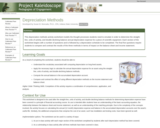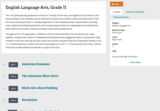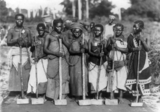
In Unit 3, students read informational accounts of upstanders during the Holocaust in order to learn more about how and why many people took action against Hitler and the Nazis during the Holocaust. Students write reflections about how these individuals took action and what makes them upstanders. Students also participate in mini lessons on and practice with how to use punctuation such as commas, ellipses, and dashes. This work prepares students for their mid-unit assessment, in which they will be presented with a reflection paragraph and will answer selected and constructed response questions about the use of punctuation and verb voice and mood.
In the second half of Unit 3, students will create a graphic panel to present one of the summaries they wrote and will observe one another’s work in order to scaffold towards their performance task. Students will discuss common traits of upstanders that they saw across the texts they read and will analyze a model narrative of a fictional interview with an imaginary upstander in order to be able to write their own. Students will plan a narrative of their own by creating a profile of a fictional upstander, creating interview questions and answers, and planning an “explode the moment” with sensory details and figurative language to slow down the pacing of a key moment of the narrative. This will prepare students for their end of unit assessment, in which they will draft their narrative.
To prepare for their performance task, students will peer review one another’s narrative and provide feedback; they will then analyze a model performance task that includes a graphic panel to visually represent elements of the narrative and a reflection on the narrative and panel. Students will then plan their own panel and reflection, draft these elements, and prepare to present. For their performance task, students will present their graphic panel to an audience and will answer questions about their work in order to share their learning and honor the memory of those who lived, died, and took action during the Holocaust.
- Subject:
- English Language Arts
- Material Type:
- Unit of Study
- Provider:
- EL Education
- Date Added:
- 05/17/2024








